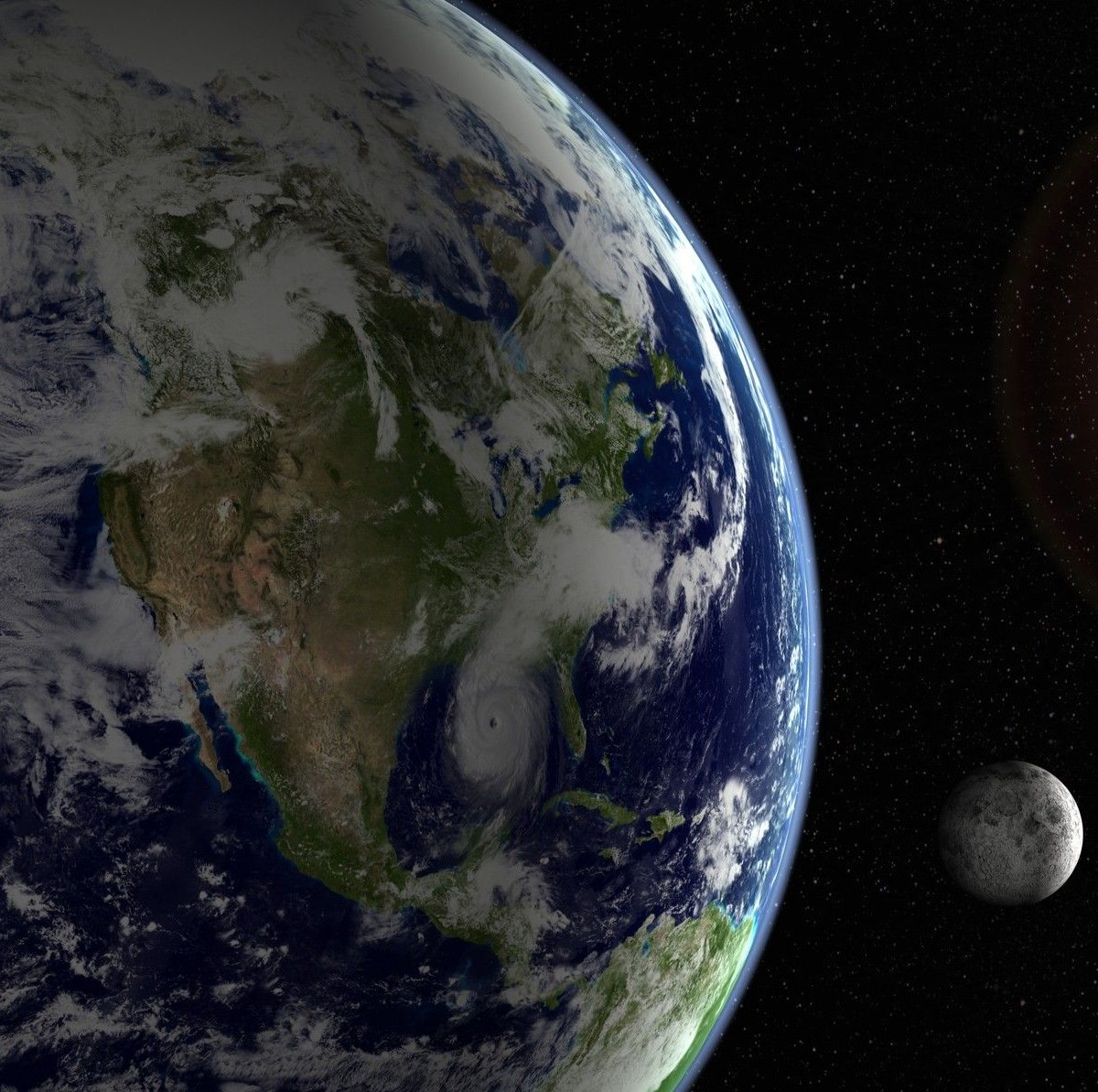In some areas, the Sun is so intense that people must constantly protect themselves from heat and radiation. But billions of years ago the star radiated less energy: This suggests that the Earth must have been completely frozen due to the lack of heat at the surface, but Dim Young Sun Paradox and the evidence points to a completely different scenario.
Although the young Sun emits less energy, the data shows that the planet already has liquid oceans and conditions suitable for the emergence of life. This was such a mysterious issue that It attracted the attention of American physicist and scientific popularizer Carl Sagan, who devoted some of his time to understanding this paradox.
Scientist interest was so great that in 1972 Carl Sagan and astronomer George Mullen published the paper Earth and Mars: The Evolution of Atmospheres and Surface Temperatures. In it, they looked at how Earth’s early atmosphere was able to maintain mild temperatures despite the weakening of the Sun.
At the time, scientists suggested that high levels of ammonia and methane in the early atmosphere may have intensified the greenhouse effect, which could have prevented the Earth from freezing even in such cold conditions. The study also considered Mars, but its primary focus was on the evolution of Earth’s climate.
Although Sagan and Mullen’s paper addressed the subject, the term Dim Young Sun Paradox did not yet exist. American geophysicist James C. G. Walker only used it in a paper in 1981; This helped consolidate the topic, which had already been studied by many scientists. In the following years, the phrase became popular and widely used to describe this conundrum that still attracts the attention of researchers.
“Astrophysics studies It shows that the Sun’s brightness was much lower at the beginning of Earth’s history than it was then. [período] Phanerozoic. In fact, radiation emissions were so low that all the water on the planet’s surface should have frozen. But the evidence suggests that this did not happen,” explains the encyclopedia Britannica.
What was the early Sun like?
The Sun is approximately 1.39 million kilometers in diameter and formed 4.6 billion years ago; It exerts the main gravitational force in the Solar System. Its effect ensures that planets such as Earth and Mars, as well as comets, asteroids, and other small space objects, remain in relatively stable orbits.
At the beginning of its formation, the Sun had only 70% of its current luminosity, meaning its intensity was about 30% less. Although this difference seems small, scientists estimate that it will cause average temperatures of -7 °C on the Earth’s surface. If this scenario were real, the first planet would be cold enough to freeze water, making the existence of liquid oceans impossible.
Current knowledge of the formation of the Sun indicates that 4.6 billion years ago an interstellar cloud of gas and dust entered gravitational collapse, possibly triggered by a shock wave from a supernova or interactions with other massive stars.
As the cloud contracted, material condensed into a protostar, increasing the temperature and pressure in the core. Tens of millions of years later, the temperature reached a critical level, which initiated the nuclear fusion of hydrogen. This process marked the transition from protostar to full star; This is how the Sun as we know it today was born.
If Earth’s fate had followed the logic of a weak Sun freezing the planet, life as we know it may never have emerged. This is where the paradox begins. Current evidence suggests that approximately 4.4 billion years ago the surface already had liquid water and conditions conducive to the development of single-celled life, which later gave rise to all known life forms.
“[O paradoxo do jovem Sol fraco] “This is a fundamental question regarding the habitability of Earth throughout its history and has significant implications for the habitability of exoplanets,” Paris Observatory planetary scientist Benjamin Charnay said in a message to Quanta Magazine.
Solving the Dim Young Sun Paradox
A few decades ago, scientists began to find evidence that the early Earth was not completely frozen; For example, algae samples indicate the existence of liquid water billions of years ago. To explain this paradox, Sagan and Mullen suggested that a denser atmosphere early in the planet’s formation might have retained enough heat to keep water in a liquid state.
To keep the atmosphere warm, Sagan and Mullen suggested that ammonia could play this role. However, later studies showed that this gas was not resistant to the intense ultraviolet rays of that time..

In the 1970s, other scientists proposed a mechanism similar to Sagan and Mullen’s; but carbon dioxide was the main responsible for trapping heat and maintaining these high temperatures. Methane may also have contributed to this process.
“Carbon dioxide is much less of a problem. “There’s a lot of carbon in the Earth system to begin with, so it’s a reasonable assumption that you can produce a significant amount of carbon dioxide in the atmosphere,” climate researcher Georg Feulner at the Potsdam Institute for Climate Impact Research told Quanta Magazine.
Volcanic activity may also have contributed to the warming of the Earth, preventing it from freezing completely. In addition, the Moon, which was much closer at that time, may have caused heating due to the effect of tidal forces..
After all, there is no single definitive answer to the Dim Young Sun Paradox. Scientists believe that several factors contribute to the warming of the Earth, including the previously mentioned hypotheses and others that may yet be discovered.
The Sun is the basis of life on Earth as it affects the climate and stability of the Solar System. So what happens if he disappears? Understand what would happen if the sun suddenly disappeared. Until later!
Source: Tec Mundo
I’m Blaine Morgan, an experienced journalist and writer with over 8 years of experience in the tech industry. My expertise lies in writing about technology news and trends, covering everything from cutting-edge gadgets to emerging software developments. I’ve written for several leading publications including Gadget Onus where I am an author.













